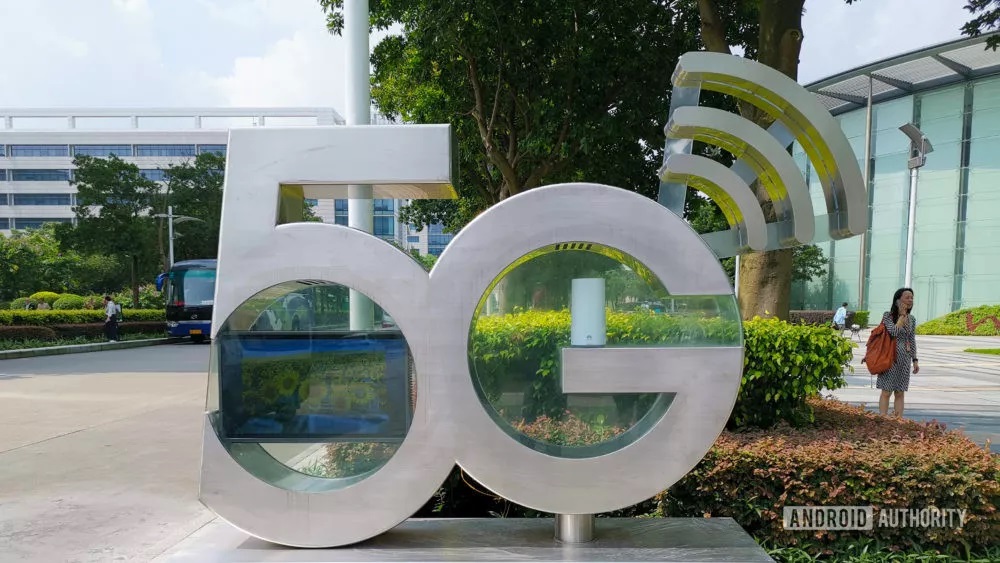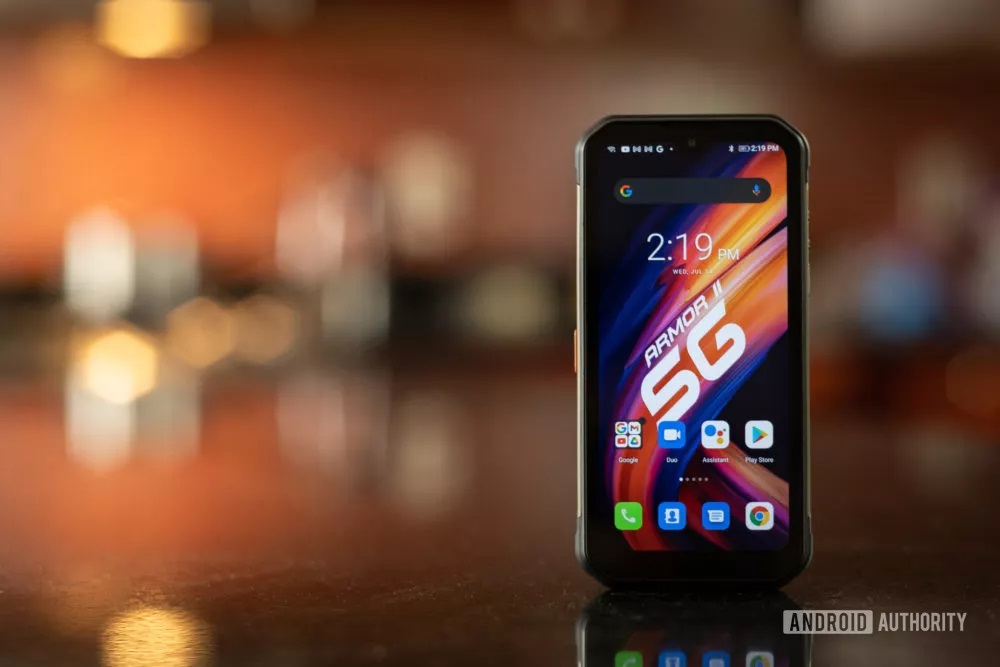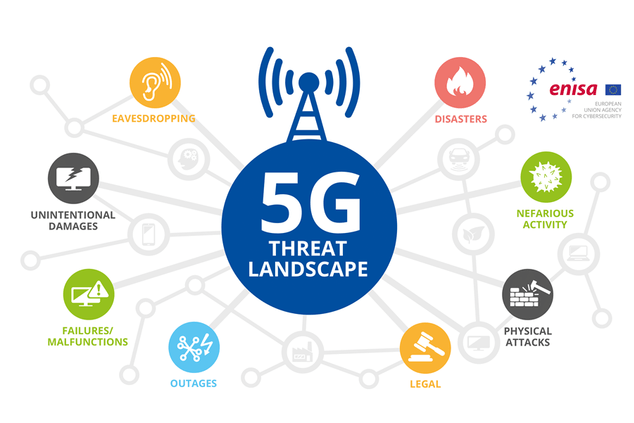Reviewing The Status Of 5G Network In Different Cities Of The World
What Is The Quality Of 5G Internet In Your Area? Fast Or Slow? Is This Service There At All? Despite All The News Behind The New Generation Of Internet Communications, 5G Internet Has Not Met The High Expectations Of Technology Manufacturers Around The World.
5G Network, This technology, which promised us low data transmission delays and high speeds anywhere on earth, has failed to deliver on those promises. Nevertheless, telecommunications companies are trying to cover the global 5G internet, and we have definitely seen a lot of progress in this area since the beginning of this year.
New data from Ookla shows that the speed and availability of 5G networks have improved, although the same data also shows how far we need to go. The company recently released its Global 5G benchmark report for the first half of 2021, including a crude analysis of 5G network performance and its availability in cities worldwide.
Ookla has selected 30 major metropolitan areas and tested network availability, loading speed, and loading speed. This data gives us information about the progress of 5G.
5G availability
 Ookla defines 5G availability as “the percentage of users of 5G-enabled devices who spend most of their time using the 5G network.” This amount is calculated as a percentage.
Ookla defines 5G availability as “the percentage of users of 5G-enabled devices who spend most of their time using the 5G network.” This amount is calculated as a percentage.
Of the 30 Ookla cities tested, New York City won 73.5 percent 5G network access. This means that people with 5G phones spend about three-quarters of their time on the city’s 5G networks. Amsterdam came in second with 2.51%. However, New York and Amsterdam were the only two cities to score above 50. Seoul was third with 48% access to 5G. Doha and Toronto are the top five cities with 1.38 percent and 2.36 percent, respectively.
Overall, half of the results below the line were 25%. This means that people in many cities spend most of their time on 3G or 4G networks, even if they have a 5G phone. For example, 5G availability measures at 8.7% in Berlin, 2.7% in Paris, 9.6% in Rome, 8.6% in Singapore, and only 8.1% in Johannesburg. Obviously, 5G network availability is still evolving.
5G speed
 Availability is one thing, but speed is another. The good news is that 29 out of 30 cities had download speeds of more than 100 Mbps. Warsaw alone failed to reach its initial quota (with an average download speed of 80.18 Mbps). 13 cities had an average 5G download speed of more than 200 Mbps.
Availability is one thing, but speed is another. The good news is that 29 out of 30 cities had download speeds of more than 100 Mbps. Warsaw alone failed to reach its initial quota (with an average download speed of 80.18 Mbps). 13 cities had an average 5G download speed of more than 200 Mbps.
In terms of speed, cities in Asia and the Middle East topped the list. Seoul had the highest rate, with an average download speed of 87.467 Mbps. Abu Dhabi followed it with 26.421 Mbps, Dubai with 0.717 Mbps, Doha with 413.3 Mbps, and Riyadh with 66.384 Mbps.
Thirteen out of 30 cities had an average 5G download speed of over 200 Mbps.
The average 5G upload speed was about one-tenth of its download speed. For example, Seoul saw an average upload speed of 94.49 Mbps, Beijing saw an average upload speed of 15.44 Mbps, Abu Dhabi with 75.38 Mbps, Johannesburg with 4.38 Mbps, and Dubai with an upload speed of 4.38 MB / s. 37/15 Mbps.
None of these speeds are close to 1 Gbps, which some network operators promised in the early days of 5G.
Europe fails, the Middle East wins.
 The situation for 5G across Europe is not so good. Cities such as Berlin, Dublin, Munich, Paris, Prague, and Warsaw experienced 5G availability and slower Ookla speeds. Prague, for example, ranked only 13.2% for availability and 116.3 Mbps for download speeds.
The situation for 5G across Europe is not so good. Cities such as Berlin, Dublin, Munich, Paris, Prague, and Warsaw experienced 5G availability and slower Ookla speeds. Prague, for example, ranked only 13.2% for availability and 116.3 Mbps for download speeds.
Middle East figures, by comparison, show that 5G is not only more available in the region but also faster. Abu Dhabi, Dammam, Doha, Dubai, Kuwait City, and Riyadh showed above-average speed and accessibility for next-generation networks.
Ookla sees Seoul as the overall winner of the survey. The third 5G access rate with 48% and the fastest average download speed with 87.467 Mbps.
New York Analysis
Let’s take a look at the 5G situation in New York City. New York had the highest 5G access rate globally, which was excellent, but its average download speed was low at 86.119 Mbps; So. Where does this show this city?
All three national network operators offer 5G services in New York City, including AT&T, T-Mobile, and Verizon Wireless. Each of these operators relies on a different range to provide this 5G service. Most of the 5G services available are below 6 GHz, which offers more coverage but is slower overall. Oval has broken down the performance of the three operators in New York City.

